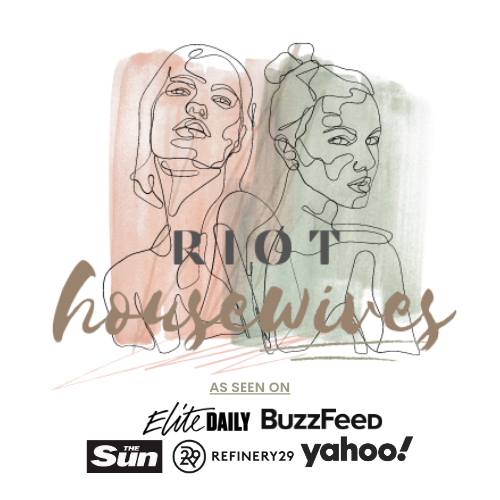Oriental rugs are far more than simple floor coverings; they’re steeped in culture, artistry, and craftsmanship. Whether your rug is a family heirloom or a recent purchase, these intricate pieces deserve careful maintenance to preserve their beauty and value. While you might think basic upkeep is enough, common mistakes can cause irreversible damage.
Let’s dive deeper into the five things you should absolutely avoid to keep your oriental rug looking its best for years to come.
1. Don’t Attempt DIY Cleaning
Oriental rugs aren’t like regular area rugs or carpets. Their delicate materials, such as wool, silk, or a mix of natural fibers, don’t respond well to the typical carpet-cleaning sprays or household detergents you find at the store. The dyes in these rugs are often hand-applied and can bleed, fade, or weaken with the wrong treatment. Even water alone can lead to issues if not handled correctly.
This is why oriental rug cleaning is best left to professionals. They understand the specific needs of these rugs and use methods tailored to preserve their intricate patterns, vibrant colors, and delicate fibers. Professionals often use hand-cleaning techniques, mild detergents, and precise drying methods to avoid stretching or misshaping your rug. Attempting to clean it yourself might seem convenient, but it’s a risk that can cost you the rug itself.
2. Never Place It in Direct Sunlight
Natural light is lovely for brightening a room, but it can spell disaster for your oriental rug. Prolonged exposure to sunlight acts like a slow fade filter, causing the vivid reds, blues, and golds to gradually lose their depth. Over time, this can leave your rug looking dull and lifeless.
It’s not just about aesthetics, either. Sunlight can weaken the fibers, making them brittle and more prone to wear. If your rug is in a sunny spot, you can protect it by rotating it periodically to distribute exposure evenly. Additionally, consider installing UV-blocking window film or using sheer curtains to filter the sunlight while still letting light into the room. These small adjustments will go a long way in preserving your rug’s vibrant beauty.
3. Avoid Vacuuming the Fringe
The fringe on an oriental rug isn’t just decorative – it’s a vital part of its foundation. Unlike machine-made rugs where fringe is sewn on as an afterthought, the fringe on oriental rugs is part of the warp threads that hold the rug together. When you vacuum over it, you risk fraying or pulling these threads, which can unravel sections of the rug.
Instead, focus your vacuuming efforts on the main body of the rug, and use a nozzle attachment without rotating brushes to avoid catching fibers. For the fringe itself, gentle shaking or a light dusting by hand is all it needs. It’s a small task, but one that protects the rug’s structure and integrity.
4. Don’t Ignore Spills
Accidents are inevitable, especially if your rug is in a high-traffic area or near a dining space. But the way you handle spills can make or break the future of your oriental rug. Leaving a spill untreated allows stains to set deep into the fibers, which can alter the colors or even create permanent discoloration.
When a spill happens, don’t panic. Blot the area gently with a clean, white cloth to absorb the liquid. Avoid colored or patterned cloths, as they might transfer dyes onto your rug. Resist the urge to scrub, as this pushes the liquid deeper into the fibers and can distort the delicate weave. For serious spills, such as wine or oil, call in a professional cleaner as soon as possible.
5. Don’t Store It Improperly
If you’re remodeling, moving, or simply rotating decor, you might need to store your oriental rug for a while. But throwing it into a closet or basement without proper preparation is a recipe for disaster. Mold, moths, and permanent creases are just some of the risks improper storage can cause.
To store your rug safely:
- Roll, don’t fold – Folding causes creases that can be nearly impossible to remove. Always roll the rug from one end to the other.
- Wrap in breathable material – Use muslin or cotton sheets to cover your rug, ensuring it’s protected from dust and pests while still allowing airflow. Avoid plastic wraps, as they trap moisture and encourage mold growth.
- Choose a cool, dry space – Avoid areas prone to humidity, such as basements or attics. Aim for a spot with consistent temperature and no direct sunlight.
- Check periodically – Inspect your stored rug every few months to ensure it’s in good condition and hasn’t become a snack for moths or other pests.
Taking the time to store your rug properly can save you from costly repairs or irreversible damage.
Bonus Tip: Don’t Skip Regular Maintenance
Even when you’re taking all the right precautions, oriental rugs need regular care to stay in top condition. Dust and dirt can accumulate deep within the fibers, creating an abrasive effect that wears down the material over time. Vacuuming the rug regularly (with a nozzle attachment and without a rotating brush) helps prevent this buildup.
Additionally, consider having your rug professionally cleaned every 1–2 years, even if there are no visible stains. This not only refreshes its appearance but also extends its lifespan by removing dirt and debris that can weaken the fibers.
A Legacy Worth Protecting
Your oriental rug is more than a functional home accessory – it’s a statement of style, a conversation starter, and often a meaningful piece of art. Treating it with care ensures it can be enjoyed for generations. By avoiding these five common mistakes and investing in proper maintenance, you’re preserving the beauty and value of your rug.



